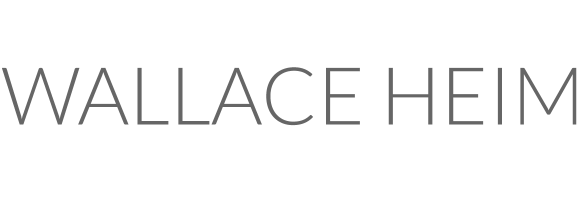Current
Wallace is currently writing four audio monologues responding to sea, winds, the civil-military nuclear industries and the languages of repair and burial.
Co-authored with Petra Tjitske Kalshoven, anthropologist, University of Manchester is the chapter ‘Art-Anthropology collaborations around nuclear waste management’ in Landscape Research special edition ‘What do indeterminacy and uncertainty mean in landscape research? Perspectives from natural sciences, social sciences, and arts’, edited by Chris Fremantle.
Wallace was one of two guests invited to be part of Atmospheric Forces, an art-work by Sue Palmer and Sheila Ghelani. It is a dialogue in 6 parts between them across a long table with many objects. The seventh of the sections was a conversation with two people, not as a reflection of the show, but as a continuation of the showing of it. There were two performances at Lancaster University, October 2025.
Ongoing
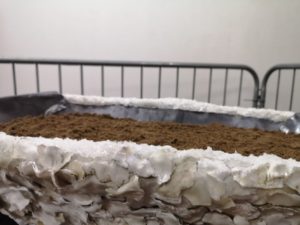
Wallace writes about ‘care’ and nuclear contamination based on her sculpture exhibition – ‘x = 2140. In the coming 120 years, how can humans decide to dismantle, remember and repair the lands called Sellafield?‘ – for the open-access journal ARTS‘ special edition on ‘time’.
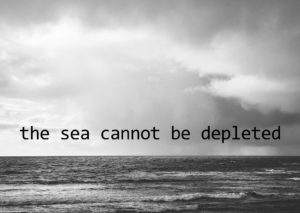 Wallace wrote and produced ‘the sea cannot be depleted‘, a spoken word and sound piece for online and radio broadcast about the sea, about how a sense of place evolves with the changing forces of the sea and about the military dumping of depleted uranium into the Solway Firth.
Wallace wrote and produced ‘the sea cannot be depleted‘, a spoken word and sound piece for online and radio broadcast about the sea, about how a sense of place evolves with the changing forces of the sea and about the military dumping of depleted uranium into the Solway Firth.
Listen online at theseacannotbedepleted.net
Wallace was in online conversation with the sculptor B.D. Owens, and respondent, poet Gerry Loose. She spoke about ‘the sea cannot be depleted’ in the context of the changes in nuclear conditions since the start of the Ukraine-Russian war. The talk is part of – Glasgow: Conversations about Art in a Time of Environmental Change – curated by Tim Collins and Reiko Goto.
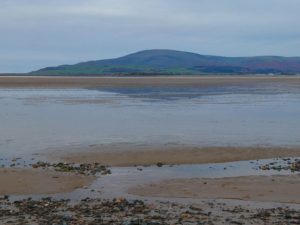 These two audio fiction pieces inspired by the Duddon Estuary in Cumbria were written by Wallace and performed live by local actors as part of ‘Unpublished Tour‘, a collection of commissioned artworks about the estuary curated by Irene Rogan. Audio recordings of the performances are online. More here.
These two audio fiction pieces inspired by the Duddon Estuary in Cumbria were written by Wallace and performed live by local actors as part of ‘Unpublished Tour‘, a collection of commissioned artworks about the estuary curated by Irene Rogan. Audio recordings of the performances are online. More here.
Photo: Black Combe from across the Duddon Estuary at Roanhead
Recent work includes
Through Dusk_Through Dawn
Wallace is one of the artists working with Rachel Jacobs on ‘When the Future Comes’, investigating how, with a changing climate, the future is perceived across five places in England. All the events are witnessed by Jacobs’ Future Machine, an interactive device that collects messages for the future.
For the September Equinox, 2024, she devised ‘Through Dusk _ Through Dawn’ for invited participants in South Cumbria.
In 2021, again for the Equinox, she devised an experience for people to ‘think with a river’ along the Windermere-Leven watershed.
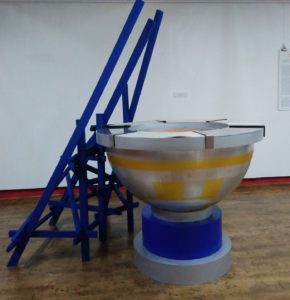 There will be five human generations between 2020 and 2140, the year by which the Sellafield site is to be decommissioned, its purposes changed and its legacies cast. Each generation will make decisions on this future while enduring unpredictable ecological changes and uncertain political, economic and technological conditions.
There will be five human generations between 2020 and 2140, the year by which the Sellafield site is to be decommissioned, its purposes changed and its legacies cast. Each generation will make decisions on this future while enduring unpredictable ecological changes and uncertain political, economic and technological conditions.
Wallace’s three sculptures play with the iconic architecture and industrial shapes of Sellafield to create metaphoric ‘fonts’.
The exhibition was supported by the University of Manchester’s Beam research network and the Dalton Nuclear Institute and was funded by the UK Energy Research Centre (UKERC).
Photo: Font No. 1
www.facebook.com/nuclearsitefutures
More on the sculptures here.
Writing: a report for Creative Carbon Scotland on art at COP 26 in Glasgow as part of the CreaTures eco-social practice project. 2022.
Workshops: writing workshops with Rebecca Beinart as part of her ‘Desire Lines’ project in Keswick, Cumbria.
Talks: ‘How do we care? An exploration of shame and play’ for Becoming Earthly at the Barn Arts Centre, Scotland.
Writing: ‘Theatre, conflict and nature’ and ‘Women scientists at the Freshwater Biological Association, Cumbria’
Eco-social practice: Councils on the Uncertain Human Future, Edinburgh
